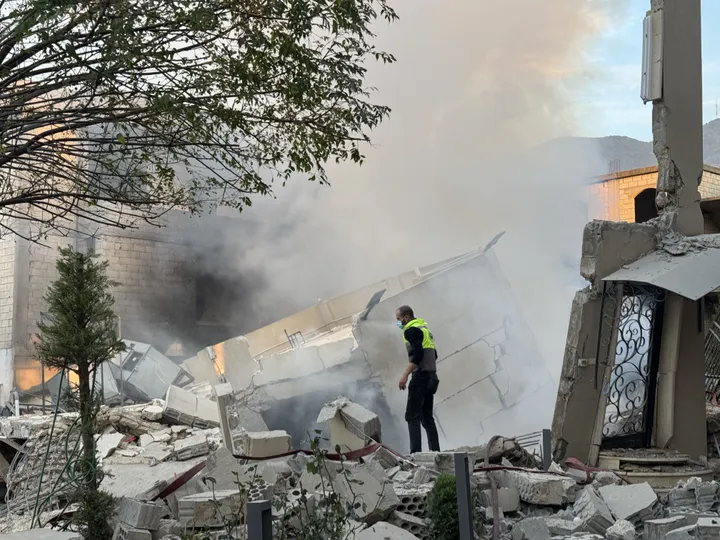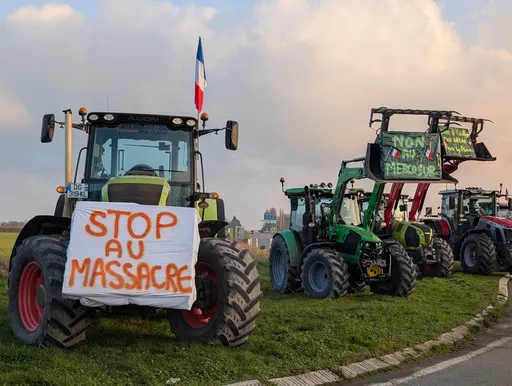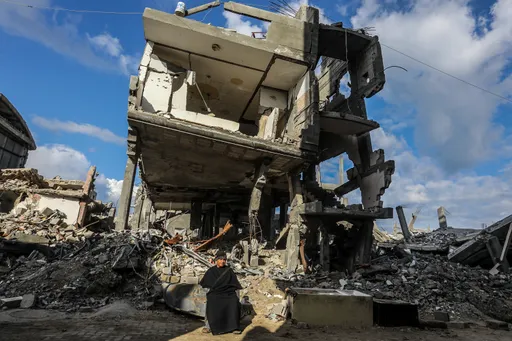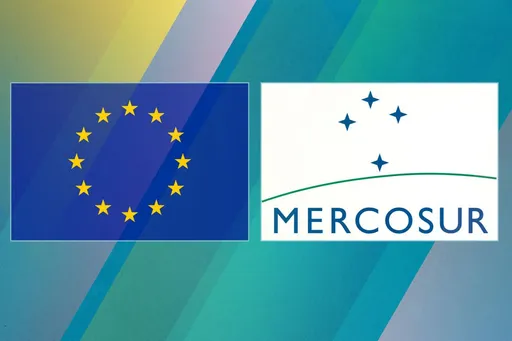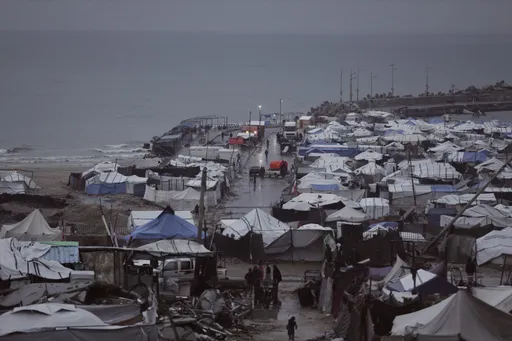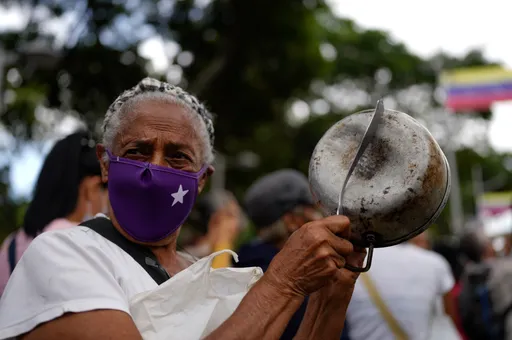Since the rise of Abiy Ahmed as the Prime Minister of Ethiopia in last April, there have been many moments of euphoria, the last of which was sparked by the nomination of women to senior political positions. Parliament elected the country’s first woman president, Sahle-Work Zewde, in October of this year.
There is no doubt that Abiy has triggered unprecedented transformation (e.g. lifting the state of emergency, unbanning opposition parties, reconciling with Eritrea etc.). However, his ability to address Ethiopia’s most pressing challenges and deliver some of the much-needed reforms is still an undelivered goal.
Abiy belongs to the Oromo, Ethiopia’s largest ethnic group, and it is the first time in the country’s modern history that is has been led by an ethnic Oromo. Ahmed’s government consists of a coalition called the Ethiopian People’s Revolutionary Democratic Party (EPRDF). Ahmed is the leader of the EPRDF.
Although “Abiymania” has given birth to a lot of hope, institutional reform has been slow. The prime minister has no constitutional term limit, and there is a lack of functional checks and balances on his powers.
Institutional reform
Ethiopia’s democratic culture and its institutions are at a nascent stage and, frankly, quite weak. The ethnic Amhara have traditionally maintained imperial control (all except one of Ethiopia’s emperors from 1270 to 1974 have been Ahmara) over other ethnic populations, including the Oromo, Somali and Tigray.
In 1991, the Tigray Peoples Liberation Front (TPLF) overpowered the Derg regime that ruled Ethiopia from 1974 to 1987 and formed the EPRDF coalition to cling to the power. Under the leadership of Meles Zenawi—a veteran Tigray guerrilla fighter—the TPLF introduced a notion of ethnic federalism to Ethiopia’s 1995 FDRE constitution, and each ethnic group were guaranteed a right of self-determination, including and up to secession.
Once the federal system was established, it became obvious that none of the federal regions had the rights promised in the constitution. Zenawi’s model revolved around the rhetoric of self-determination while in practice allowed an array of satellite regional allies to keep an often kleptocratic authority.
In 2005, TPLF held elections but once it discovered it was losing, it clamped down and was able to secure victory. Following the EPRDF election ‘victory’ in May 2005, widespread protests erupted across the country. Security forces shot dead scores of protesters and the number of political prisoners mushroomed.
Ethiopia needs genuine political reform to roll back the culture that has strengthened the country’s authoritarian tendencies over the decades. Ahmed promised political change, but his moves have been in the form of pronouncements so far. To be fair, the reforms are still in their infancy considering Ahmed's been in office for just six months.
Several reform projects are currently in progress. Among them are the Charities and Societies Proclamation and the Anti-Terrorism Proclamation—these proclamations are used to suppress dissent and eliminate independent civil society and media organisations—and privatisation of large state-owned enterprises to partially liberalise its economy.
Another significant reform proposal concerns election law, which has been dominated by the controversial EPRDF-dominated National Election Board. Election reform is crucial to holding a credible general election in 2020. However, the question remains whether Ahmed’s government will push for a constitutional term limit for the prime minister. The current Ethiopian constitution does not limit the number of terms a prime minister can serve, and has led to sitting leaders dying in office or only resigning due to insurmountable pressure.
An epidemic of ethnic violence
In the first half of 2018, Ethiopia recorded 1.4 million Internally Displaced Refugees (IDPs)—the highest in the world—due to inter-communal violence.
Conflicts erupted in West Guji and Gedeo in the border areas between Oromo and Southern Nations, Peoples and Nationalities regions. Ethnic violence also continued between Oromos and Somalis, the first and third largest ethnic groups in the country respectively.
In September, deadly clashes broke out in Burayu, a city near Addis Ababa, between supporters of Oromo nationalist groups and rival pan-Ethiopian political organisations, resulting in the death of 30 people, displacement of many others and destruction of property. Some pro-government supporters claim TPLF elements are inciting violence to undermine government reforms and to avoid accountability for crimes committed during the TPLF reign. Prime Minister Ahmed himself has been a target of two attempted assassinations.
Perhaps, one explanation for the rise of violence are contradictory, and competing, forms of populism in the country.
Pan-Ethiopian nationalist groups with a view of “citizenship-based politics,” are posing challenges to the ethnic-based federal political system in the country. On the contrary, Oromo nationalism, which helped bring Abiy to power following protests in Oromia, have reached their peak as Oromo political groups and media returned home. These groups often present a populist claim to "owning" the capital Addis Ababa, triggering conflicts and tensions.
Furthermore, populism is increasing across other ethnic communities, including the Sidama and Amhara. This is evident in the Sidama’s demand for self-determination and the control over Hawassa city, as well as the newly formed Amhara National Movement that pushes a very polarising story of Amharan identity.
The changing political climate in the country has also affected the ranks of the ruling EPRDF, leading to public disagreements between coalition members for the first time in years. Notably, the Amhara Democratic Party (formerly Amhara Nationals Democratic Movement), which rules the second-most populous region, and Oromo Democratic Party (formerly Oromo People’s Democratic Organization), which is the party Abiy leads, rebranded themselves. As a sign of increasing rifts within the ruling coalition, the powerful TPLF has recently accused the government of engaging in an ethnic witch-hunt on Tigrayans as a pretext of fighting corruption and human rights abuses.
Possible ways out
Ethnic conflicts are prevalent across Africa and Ethiopia is no distinction. There is no silver bullet for controlling ethnic violence but there are certainly tailored solutions suitable for individual countries.
Prime Minister Ahmed could devise a scheme whereby social, religious and cultural groups could take advantage of the rich social capital in which their collective cooperation would be essential. Another alternative option could be the amendment of the constitution to remove articles fuelling ethnic divisions.
Additionally, halting anti-corruption purges temporarily may help to contain some of the violence. In doing so, Addis Ababa may consider establishing a truth commission, in addition to a national peace and reconciliation commission, which would possibly pave the way for more commitment to forgiveness and peaceful coexistence.
Last but not least, Prime Minister Ahmed should concentrate on building the much-needed, albeit challenging, democratic structures and institutions because a working democracy would address most of Ethiopia’s predicaments.

